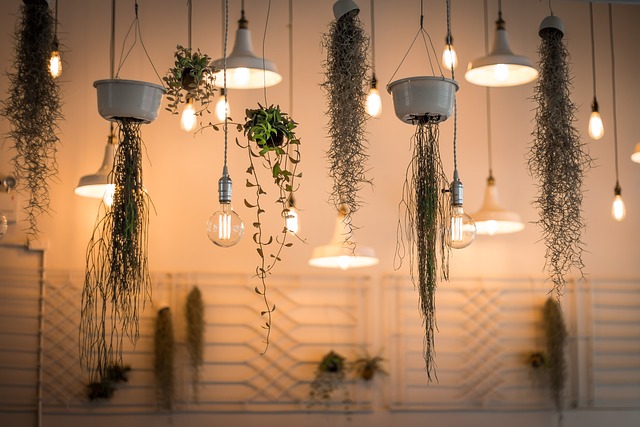Designing a Sleep-Focused Space: Practical Steps for Improved Rest
A well-designed sleeping space can support better rest by aligning layout, lighting, textiles, and air quality with the body’s natural needs. This short overview highlights practical, evidence-informed adjustments you can make to reduce disturbances, improve comfort, and create an ambience that supports sleep consistently.

Creating a bedroom that encourages restorative sleep means thinking beyond a comfortable mattress. Consider how lighting, sound, temperature, air quality, and organisation interact with your body’s circadian signals and nightly routines. This article outlines practical steps across layout, textiles, ventilation, acoustics, storage, and ambience so you can design a sleep-focused space that reduces disruptions and supports consistent rest.
This article is for informational purposes only and should not be considered medical advice. Please consult a qualified healthcare professional for personalized guidance and treatment.
How does lighting affect sleep and circadian rhythm?
Lighting is the strongest cue for your circadian system: bright blue-rich light in the evening suppresses melatonin and delays sleep, while dim, warm lighting in the evening supports winding down. Use layered lighting—overhead for activities, bedside lamps with warm bulbs for pre-sleep routines—and consider blackout curtains to block early-morning light. Smart bulbs or dimmers let you shift color temperature and intensity through the evening. Also reduce screen exposure before bed or use blue-light filters to minimize circadian disruption.
How can acoustics and ventilation reduce disturbances?
Sound disturbances are a common cause of night-time waking. Soft furnishings, rugs, and curtains help absorb noise; consider an upholstered headboard and wall hangings to break reflective surfaces. White-noise machines or fans can mask intermittent sounds and, when chosen correctly, also aid ventilation. Proper ventilation reduces indoor pollutants and helps regulate humidity and temperature, but balance open windows with the risk of outside noise. If persistent noise is a problem, evaluate soundproofing options such as window inserts or door seals.
What textiles and temperature improve comfort?
Textiles influence both comfort and thermoregulation. Choose breathable bedding—natural fibers like cotton, linen, or moisture-wicking blends—to help maintain a comfortable microclimate. Pillow and mattress materials affect heat retention; look for options with cooling layers if you sleep hot. Thermal comfort is crucial: many people sleep best between about 16–19°C (60–67°F), though individual preference varies. Use layering (sheets, blankets, duvet) so you can easily adjust temperature without disrupting sleep.
How should layout, storage, and organization support rest?
An intentional layout minimizes visual clutter and cognitive load. Place the bed where it feels secure and limit visual access to work-related items. Storage solutions—drawers, wardrobes, under-bed boxes—keep everyday items out of sight and make it easier to declutter regularly. Organization supports routines: a designated spot for nightly essentials (lamp, water, eye mask) reduces friction. Keep pathways clear to avoid nighttime disruptions and design lighting controls accessible from bed to avoid bright overhead lights.
How to declutter and enhance ambience with plants?
Declutter by reducing items that create visual stimulation or stress; a routine weekly tidy reduces accumulation. Minimal, calming decor promotes mental ease at bedtime. Integrate plants that tolerate lower light to add greenery and soften acoustics; many people find plants improve ambience, though their direct effect on sleep is indirect. Choose low-maintenance varieties and avoid heavy pollen-producing plants if you have allergies. Use neutral colors and soft textures to create a serene palette that signals relaxation.
How to monitor air quality and maintain ventilation?
Air quality matters for breathing comfort and sleep continuity. Regularly ventilate the room—short, frequent bursts of fresh air can lower CO2 and indoor pollutants. Consider an air purifier if you live in an area with outdoor pollution or have indoor sources of irritants. Monitor humidity to prevent dryness or mold; ideal relative humidity often sits between 30–50%. Proper HVAC maintenance, filter changes, and occasional airing out of bedding help maintain a breathable environment that supports uninterrupted rest.
Conclusion
Designing a sleep-focused space is a mix of practical adjustments and consistent habits: manage lighting to protect circadian timing, treat acoustics and ventilation to reduce disturbances, choose textiles and temperature settings that support thermoregulation, and keep layout and storage organised to lower cognitive load. Small, incremental changes across these areas can cumulatively improve sleep quality and help make rest a reliable part of everyday life.





